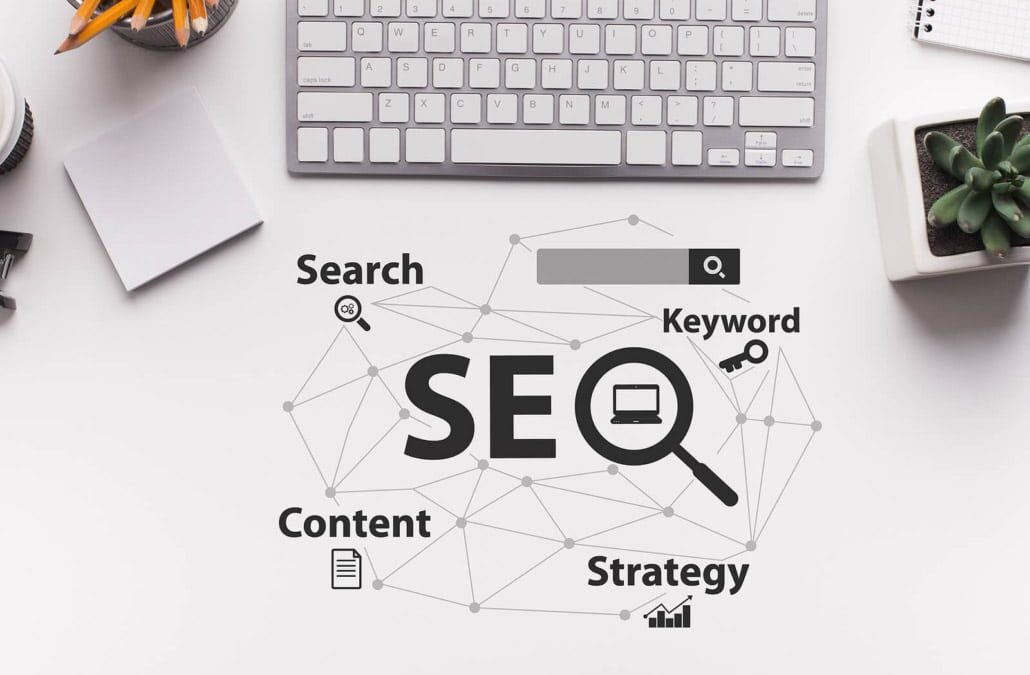An effective business-to-business (B2B) content strategy enhances brand presence and drives growth. Unlike a business-to-consumer (B2C) content strategy, your B2B content strategy must cater to the unique complexities of corporate buying processes, which often involve multiple stakeholders and extended decision cycles. This blog post explores developing a robust B2B content strategy that reaches and resonates with your target audience, drives engagement, and drives qualified leads and sales.
Understand Your Audience Before Creating a B2B Content Strategy
The foundation of any effective B2B content strategy lies in a deep understanding of your audience. In B2B markets, this involves a comprehensive analysis of the demographics, needs, and content consumption patterns of key stakeholders. These stakeholders often form a committee, making it essential to address a variety of perspectives and needs in your content.
Audience Analysis: Identify who is involved in the purchase decisions at your target organizations. This might include C-level executives, department heads, and operational personnel, each with distinct roles in your product or service’s evaluation process and requirements. Tailoring your content to address each role’s specific concerns and business objectives is crucial. For instance, while C-level executives may be focused on ROI and strategic fit, operational personnel might prioritize efficiency, ease of integration, and support services. Understanding these nuanced needs can significantly enhance the relevance and impact of your B2B content.
Customer Journey Mapping: Analyze your audience’s typical customer journey to pinpoint where your content can add value. This includes understanding the various touchpoints and what information is most valuable at each stage of the decision-making process. For example, during the awareness stage, potential customers are just beginning to recognize their needs or problems, so educational B2B content that outlines industry insights or problem-solving techniques works well. As they move into the consideration stage, more detailed comparisons, case studies, and expert guides can help them evaluate your product against others. Finally, in the decision stage, tailored B2B content such as personalized demos or customer testimonials can provide the reassurance and specific benefits needed to finalize their purchasing decision. By mapping out these stages and aligning your content accordingly, you can effectively guide potential customers along their buying journey, increasing the chances of conversion at each step.
Crafting High-Quality, Relevant Content for Your B2B Content Strategy
Creating content that speaks directly to the core challenges and pain points of your B2B audience sets the stage for a successful B2B content strategy. Here’s how to ensure your content is both high-quality and relevant:
Addressing Pain Points: Develop content that solves the common problems your target audience faces. This positions your brand as a thought leader and a helpful resource.
Educational Content: Offer well-researched, insightful articles that educate your audience about industry trends, challenges, and solutions. Such content helps build trust and establishes your brand as an authority.
Thought Leadership: Through white papers, detailed blog posts, ebooks, and case studies, demonstrate innovative approaches and forward-thinking that can influence your industry.
Leveraging Multi-Channel Distribution for Your B2B Content Strategy
Employ a multi-channel distribution strategy to maximize the reach and impact of your content. This strategy involves spreading your B2B content across several platforms to ensure it reaches your audience wherever they may be.
Social Media Strategy: Tailor your content to fit the norms of different social media platforms. LinkedIn, for instance, is ideal for more professional, in-depth content, while Twitter can be used for quicker, more frequent updates.
To truly maximize your content’s visibility and reach on these platforms, it’s crucial to balance both organic posts and sponsored posts. Organic content helps maintain regular engagement with your current followers by keeping your brand top-of-mind and fostering a community. Yet, the reality of today’s social media algorithms means that organic content often reaches only a small fraction of your followers.
To expand your visibility beyond this limited audience, sponsored posts are essential. They not only ensure that your content is seen—even by those who follow you—but also allow you to precisely target demographic and behavioral segments outside of your current follower base. By investing in sponsored posts, you can strategically increase your reach, targeting potential customers based on specific criteria such as industry, job role, or interests, which are critical for effective B2B marketing. This dual strategy of leveraging both organic and paid content is key to optimizing your presence on social media platforms and driving meaningful business results.
Email Marketing: Develop newsletters that provide value through summaries of recent articles, case studies, or industry news, directly delivering content to your audience’s inbox.
Webinars: Host webinars to dive deeper into subjects of interest, providing a platform for real-time engagement with your audience.
Webinar sign-ups and email newsletter sign-ups can be promoted through paid and organic social media as well.
SEO Optimization for B2B Content
SEO is a critical tool in ensuring that your B2B content is discoverable by your target audience through organic search. Here are key tactics tailored specifically for your B2B content strategy:
Keyword Research: Incorporate relevant keywords naturally into your content, especially those with high search volumes and low difficulty specific to your industry. This will drive up organic search rankings, a critical part of any B2B content strategy, and increase highly qualified traffic to your site.
Optimizing B2B Content: Ensure that your B2B content is optimized for search engines by using meta descriptions, title tags, and headers incorporating your primary keywords.
Building Backlinks: Encourage reputable sites to link back to your content. This will improve your SEO rankings and enhance your credibility.
Measuring Content Performance and ROI
To continually refine and improve your content strategy, measuring its performance and the ROI it generates is essential. To do this effectively, your B2B content strategy should launch with benchmarks, goals, and specific KPIs to track progress throughout the year.
Analytics: Use tools like Google Analytics to track engagement metrics such as page views, time spent on site, and bounce rates.
Lead Generation: Evaluate how well your content is generating leads by tracking downloads, sign-ups, and other conversion metrics.
ROI Measurement: Assess the return on investment by comparing the cost of content creation and distribution to the revenue it generates through new leads and sales.
Integrating Visual and Interactive Elements
Incorporating visuals and interactive elements can enhance the appeal and effectiveness of your B2B content, keeping it on brand and exciting for your audience.
Visual Content: Use images, infographics, and videos to make complex information more engaging and digestible. For instance, infographics can break down workflows or data-heavy concepts into more understandable segments, aiding in quicker comprehension and retention. Videos can be compelling in humanizing your brand, demonstrating product use cases, or conducting virtual tours of your facilities. This is particularly appealing in a B2B context where the sales cycle tends to be longer and more involved. Incorporating these visual elements keeps the content lively and aligns with your brand’s aesthetic, reinforcing brand identity and consistency across all touchpoints.
Interactive Content: To engage users more deeply and provide personalized experiences, include tools like calculators, interactive graphs, and quizzes. Calculators, for instance, can be customized to help potential clients estimate ROI or cost savings when using your products or services, directly applying your solutions to their specific circumstances. Interactive graphs allow users to input different variables and see potential outcomes, making your content more relevant to their business environment. Quizzes can be fun and engaging to educate your audience about your products or industry while capturing valuable insights into their preferences and challenges. These interactive elements increase engagement and improve the user’s understanding and retention of the information presented, making them more likely to return to your content in the future.
Bullseye Strategy for Your B2B Content Strategy
An effective B2B content strategy requires a deep understanding of your audience, high-quality and relevant content, optimized distribution across multiple channels, continuous performance measurement, and engaging visual and interactive elements. At Bullseye Strategy, we specialize in tailoring B2B content strategies that meet these criteria and drive substantial business growth.
Ready to elevate your B2B content strategy? Visit our content strategy page to learn how our expertise can transform your business’s content approach.








